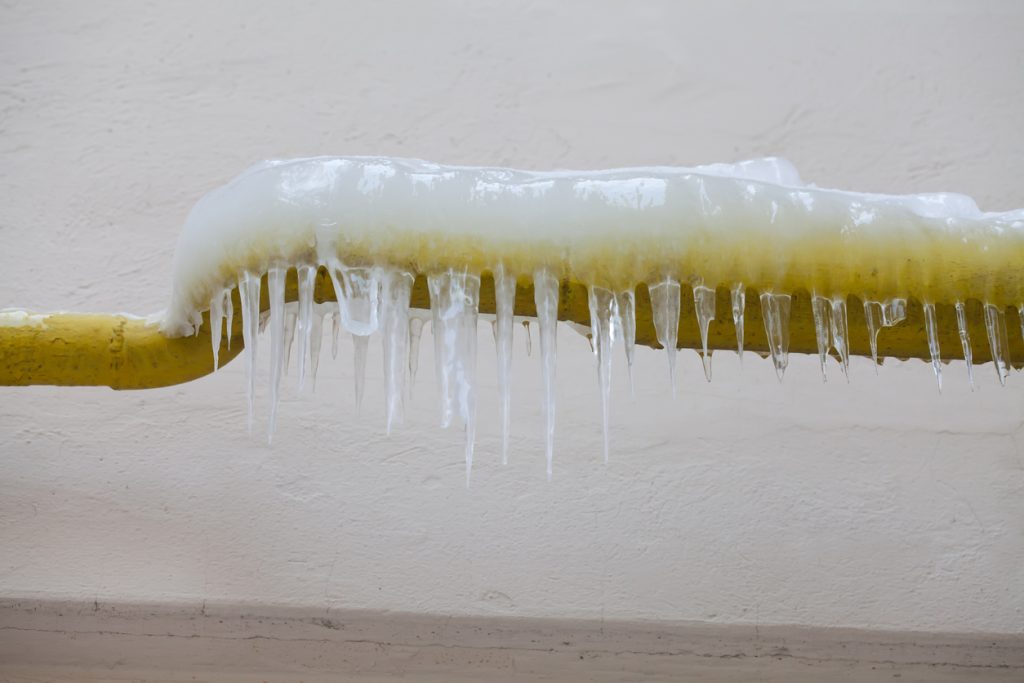The content in the next paragraphs in relation to Preventing and dealing with frozen pipes is quite captivating. Check it out for your own benefit and see what you think of it.

Winter can wreak havoc on your pipes, especially by freezing pipelines. Right here's exactly how to stop it from happening and what to do if it does.
Intro
As temperatures decline, the threat of icy pipes boosts, potentially leading to expensive repairs and water damages. Comprehending exactly how to prevent icy pipes is critical for property owners in chilly environments.
Avoidance Tips
Insulating prone pipes
Cover pipes in insulation sleeves or utilize heat tape to protect them from freezing temperature levels. Concentrate on pipelines in unheated or external locations of the home.
Heating methods
Maintain indoor spaces appropriately heated up, especially areas with plumbing. Open up cabinet doors to enable warm air to distribute around pipes under sinks.
How to determine icy pipelines
Try to find lowered water circulation from faucets, unusual odors or noises from pipelines, and visible frost on exposed pipelines.
Long-Term Solutions
Structural changes
Consider rerouting pipes far from exterior wall surfaces or unheated locations. Add extra insulation to attic rooms, cellars, and crawl spaces.
Upgrading insulation
Purchase top quality insulation for pipelines, attic rooms, and wall surfaces. Appropriate insulation helps maintain constant temperature levels and minimizes the threat of icy pipes.
Shielding Outdoor Pipes
Yard pipes and outside faucets
Detach and drain yard hoses prior to winter season. Mount frost-proof spigots or cover exterior faucets with protected caps.
Understanding Frozen Pipelines
What causes pipes to ice up?
Pipes freeze when subjected to temperatures below 32 ° F (0 ° C) for prolonged durations. As water inside the pipelines freezes, it expands, taxing the pipeline wall surfaces and possibly triggering them to break.
Threats and damages
Icy pipes can result in supply of water disruptions, residential property damage, and costly repair services. Burst pipes can flooding homes and create considerable architectural damage.
Indications of Frozen Piping
Determining icy pipelines early can stop them from bursting.
What to Do If Your Pipes Freeze
Immediate actions to take
If you suspect frozen pipes, maintain faucets available to ease pressure as the ice melts. Utilize a hairdryer or towels soaked in hot water to thaw pipelines gradually.
Conclusion
Preventing icy pipes calls for positive measures and fast responses. By recognizing the causes, indications, and preventive measures, house owners can protect their plumbing throughout cold weather.
5 Ways to Prevent Frozen Pipes
Drain Outdoor Faucets and Disconnect Hoses
First, close the shut-off valve that controls the flow of water in the pipe to your outdoor faucet. Then, head outside to disconnect and drain your hose and open the outdoor faucet to allow the water to completely drain out of the line. Turn off the faucet when done. Finally, head back to the shut-off valve and drain the remaining water inside the pipe into a bucket or container. Additionally, if you have a home irrigation system, you should consider hiring an expert to clear the system of water each year.
Insulate Pipes
One of the best and most cost-effective methods for preventing frozen water pipes is to wrap your pipes with insulation. This is especially important for areas in your home that aren’t exposed to heat, such as an attic. We suggest using foam sleeves, which can typically be found at your local hardware store.
Keep Heat Running at 65
Your pipes are located inside your walls, and the temperature there is much colder than the rest of the house. To prevent your pipes from freezing, The Insurance Information Institute suggests that you keep your home heated to at least 65 degrees, even when traveling. You may want to invest in smart devices that can keep an eye on the temperature in your home while you’re away.
Leave Water Dripping
Moving water — even a small trickle — can prevent ice from forming inside your pipes. When freezing temps are imminent, start a drip of water from all faucets that serve exposed pipes. Leaving a few faucets running will also help relieve pressure inside the pipes and help prevent a rupture if the water inside freezes.
Open Cupboard Doors
Warm your kitchen and bathroom pipes by opening cupboards and vanities. You should also leave your interior doors ajar to help warm air circulate evenly throughout your home.

As a keen reader about Helpful Tips to Prevent Frozen Pipes this Winter, I figured sharing that piece of writing was beneficial. Remember to take the opportunity to promote this post if you appreciated it. I take joy in your readership.
Call Today
Comments on “Preventing Frozen Pipes in Cold Weather: Critical Advice”